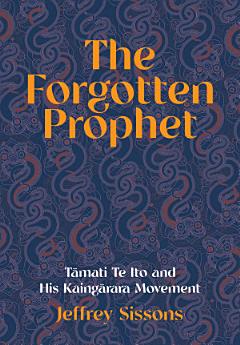The Forgotten Prophet: Tāmati Te Ito and His Kaingārara Movement
About this ebook
Tāmati Te Ito Ngāmoke led the prophetic Kaingārara movement in Taranaki from 1856. Te Ito was revered by tribal leaders as a prophetic tohunga matakite; but others, including many settlers and officials, viewed him as an ‘imposter’, a ‘fanatic’. Despite his influence and leadership, Te Ito’s historical importance remains largely unrecognised today.
By the time war broke out in 1860, Te Ito and his followers had established a school and a court system in Taranaki. Striving for the ‘fulfilment of the divine order’, the Kaingārara movement initiated the ‘Taranaki iconoclasm’, discarding tapu objects associated with atua (ancestral spirits, which often took the form of reptiles) into massive bonfires. Te Ito was a visionary adviser to Te Ātiawa chief Wiremu Kīngi Te Rangitāke, and played a crucial role in the conflicted region, both before and after the wars of the 1860s. Initially perceived as a rival to the Parihaka leaders, Tohu Kākahi and Te Whiti o Rongomai, he eventually joined the Parihaka community.
Jeffrey Sissons’s account illuminates this tumultuous chapter in Aotearoa’s history.
About the author
Jeffrey Sissons, an anthropologist and writer, recently retired as an Associate Professor in the Cultural Anthropology Programme at Te Herenga Waka / Victoria University of Wellington. Sissons’s extensive research encompasses colonialism, cultural change, and the cultural history of Māori and the Cook Islands. He has authored five books and numerous journal articles. The research for The Forgotten Prophet was supported by a three-year Marsden Fund grant.




